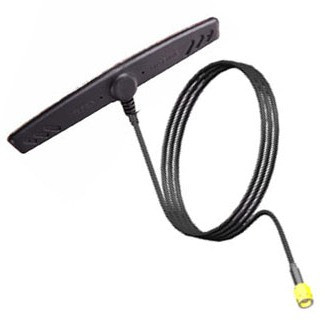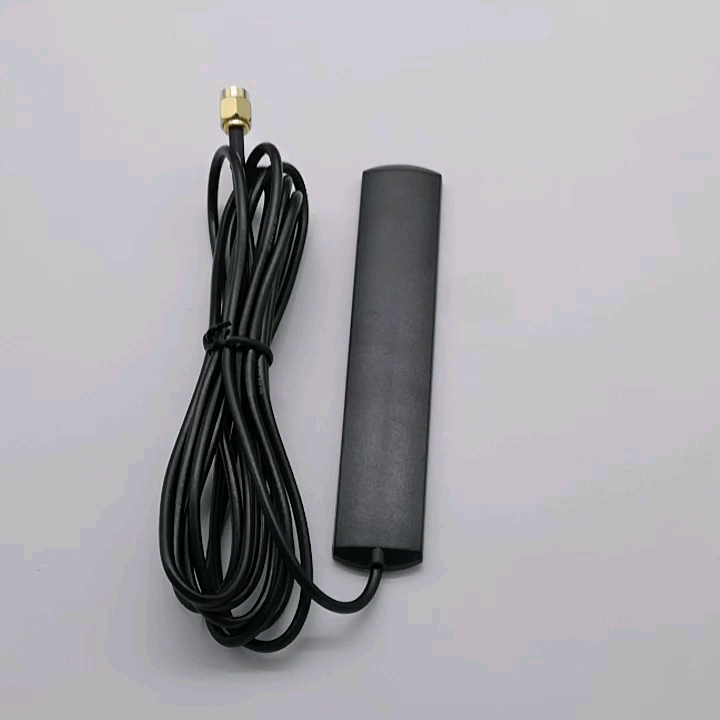

Grid antennas can also vary in size, but they look like a grill and are designed for outdoor environments with higher winds.Ī third type of highly directional antenna is the Sector antenna.
#WIFI PATCH ANTENNA TV#
Dish antennas look similar to the TV dish antennas that you would find in a home but are often much larger in size. The two main highly directional antennas are Parabolic (Dish) and Grid. Instead of a street light shining down, it is more of a spotlight shining in a specific direction. Because these antennas are high gain, they provide the most focused and narrow beam width.

They are used to bridge networks between two buildings that are far apart. Highly directional antennas are used for long distant point-to-point communication. The main purpose of these antennas is to reach places that an omnidirectional antenna would not be able to reach. Yagi antennas span longer distances and are generally used in an outside environment. Since the antenna has a horizontal beam width of 180 degrees or less, there is plenty of necessary coverage with minimal bleed through. A Patch/Panel antenna is placed high on the wall, aiming down an aisle or between rows of shelving. A building with long hallways or shelves, such as retail stores, warehouses, libraries, or hospitals, that would block an omnidirectional antenna’s signal would benefit from a semi-directional antenna. Patch/Panel antennas are generally found indoors and used to radiate into the forward space. The main types of semi-directional antennas are Patch/Panel and Yagi. It is common to use semi-directional antennas in a campus like environment since they can provide a network bridge between two buildings. A good way to think of how the semi-directional antenna radiates RF is to think of it as a street lamp shining down on the street. Semi-directional antennas are used for short to medium distance communication indoors or outdoors. Semi-directional antennas are designed to direct the RF signal in a specific direction for point-to-point communication. While not typically used for outdoor purposes, omnidirectional antennas can be used on top of a building to communicate with buildings on either side. These antennas are great in office and home settings since their broad coverage allows clients to move around without losing signal. This type of coverage is great for point-to-multipoint environments because it can be placed in the center of multiple client devices, providing central communications capabilities to all the surrounding clients. A perfect omnidirectional antenna would radiate RF signal like a theoretical isotropic radiator, meaning the signal is radiating equally in all directions. Your finger is the antenna and the bagel is the coverage it provides. Another way to think about the coverage is to imagine putting a bagel on your finger as if it were a ring. Similar to how a floor lamp radiates light, omnidirectional antennas radiate radio frequency (RF) in all directions. In these types of environments, omnidirectional antennas, specifically Dipole antennas, are commonly found. This is because they are small - or not visible at all - and oftentimes built into the network’s router or access point. When you enter a home or office setting, you don't generally think about the type of antenna that is being used. The three main antenna types are omnidirectional, semi-directional, and highly directional. While there are many types of antennas, all of them have the same purpose: producing radio waves to send information through the air. Different types of antennas can be found anywhere from small office settings to outdoor camping grounds. Several varying types of antennas exist for WiFi, each with a specific purpose for how and when they should be used.


 0 kommentar(er)
0 kommentar(er)
